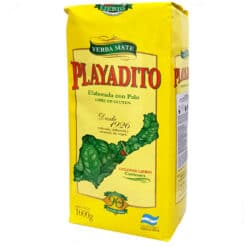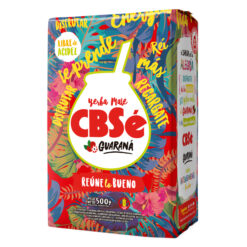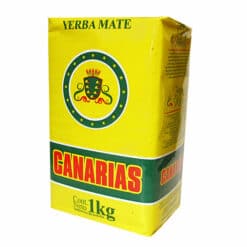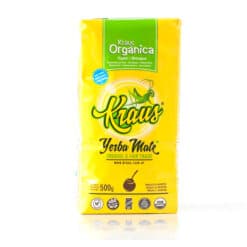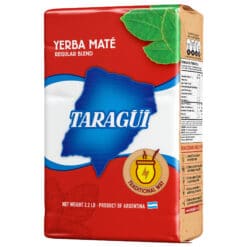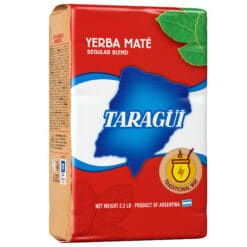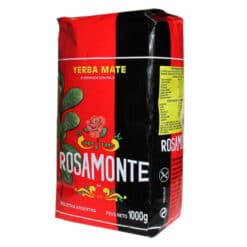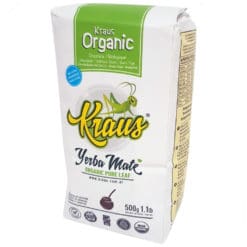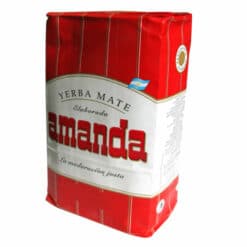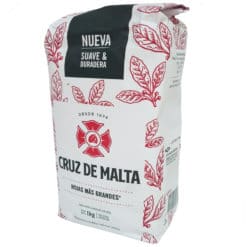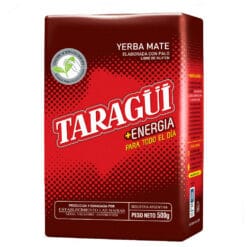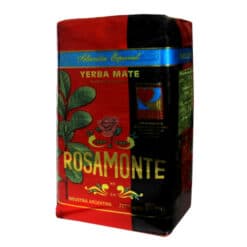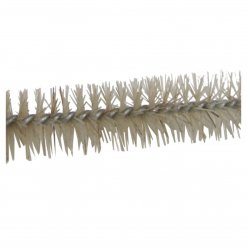Yerba Mate Article
Antioxidants, Yerba Mate and Cancer
What are Antioxidants?
To better explain antioxidants it is best to go back a step and look at the question of ‘free radicals’. Free radicals are molecules that are unstable because they are missing an electron. A free radical is highly reactive because it needs the extra electron – it then can ‘attack’ other molecules to pinch one, but this causes other free radicals and a chain reaction.
Free radicals occur during the normal sequence of chemical reactions in our metabolism, but the situation can also be exacerbated by external influences such as radiation and smoking. The body has natural mechanisms to neutralise some free radicals – such as our immune system producing the missing electron.
Antioxidants are chemicals that have extra electrons, and they are able to neutralise free radicals by donating one of their electrons. Examples of antioxidants derived from diet are:
- Vitamin C
- Vitamin E
- Polyphenols
The body may not be able to cope with the quantity of free radicals, and the chain reactions can lead to our DNA becoming deformed, leading to uncontrollable growth which can lead to cancer.
It is worth at this point noting that not all forms of cancer start in this way – it is one of the ways that cancer can be triggered.
For further reading of free radicals, antioxidants and cancer, some useful information can be found here and here.
What is the link between yerba mate and cancer?
Is there a link between yerba mate and cancer due to its antioxidant content?
The School of Public Health, the State University of Campinas, and the School of Pharmacy – all in Brazil – carried out a combined study to chemically analyse the compounds found within Yerba Mate. Extensive research has been carried out in this field in South America and the USA, however research carried out in Europe is very limited as Yerba Mate is still a novel food within the EU, and as such the available research has not been formally approved in the EU.
The study, titled “Phenolic Antioxidants Identified by ESI-MS from Yerba Mate (Ilex Paraguariensis) and Green Tea (Camelia Sinensis) Extracts” identified the following list of polyphenol antioxidants:
- Caffeic Acid
- Caffeine
- Caffeoyl Derivatives
- Caffeoylshikimic Acid
- Chlorogenic Acid
- Feruloylquinic Acid
- Kaempferol
- Quercetin
- Quinic Acid
- Rutin
- Theobromine
The study was published in the scientific journal “Molecules” in 2007. For the abstract and access to download the full document for further reading, click here.



